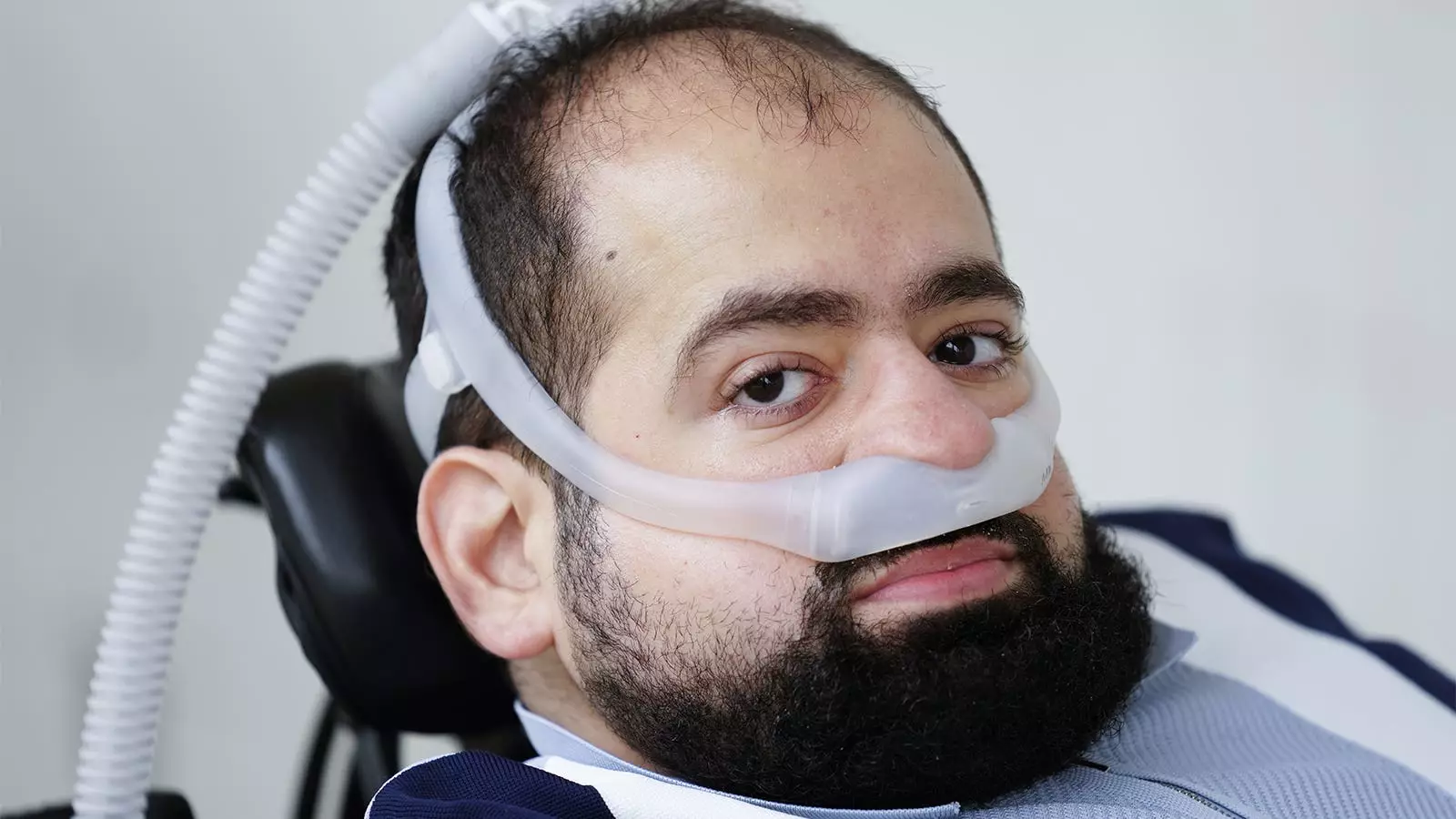Grace Armant, an 84-year-old ALS patient, has been struggling to get coverage for a machine she needs to breathe. UnitedHealthcare has been rejecting requests from her doctors, causing frustration and difficulties for Armant and her family. This situation is just one of many cases where insurance companies are making it increasingly challenging for patients to get the necessary coverage for home ventilators essential to their survival.
Doctors and patients across the country have been facing obstacles when it comes to securing coverage for home ventilators. Patients often have to start with less effective and cheaper devices before insurers consider paying for the necessary ventilators. From delays in approvals to refusals to cover second machines needed for patient mobility, the battle for ventilator coverage has become more prevalent and frustrating.
The surge in spending on ventilators by the federal government’s Medicare program has led to increased scrutiny from insurers. Despite the vital role these machines play in patients’ lives, insurers are finding ways to reject requests, leaving patients in a vulnerable position. The cost of these machines, around $1,200 a month, poses a financial burden for patients and their families, especially when insurance companies deny coverage.
Ventilators can significantly extend the life expectancy and improve the quality of life for ALS patients and those with chronic respiratory conditions. However, the barriers created by insurance companies prevent many patients from accessing these life-saving devices. Patients are left with limited options, including using less efficient devices or facing the challenges of entering hospice care or undergoing tracheostomy.
Patients, families, and healthcare providers are advocating for a change in the insurance coverage policies surrounding ventilators. The stories of individuals like Grace Armant and Jaggar DeMarco shed light on the critical need for accessible and comprehensive coverage for essential medical equipment. The restrictive policies set by insurance companies have far-reaching consequences on patients’ well-being and quality of life.
As the debate over ventilator coverage continues, it is essential to address the gaps in the system that leave patients vulnerable and struggling to access necessary medical equipment. Collaborative efforts between healthcare providers, insurers, and policymakers are crucial in ensuring that patients like Grace Armant and Jaggar DeMarco receive the care and support they need to manage their conditions and maintain their independence. A proactive approach to addressing insurance challenges for ventilator coverage can help alleviate the burden on patients and their families, offering hope for a better future for those in need.


Leave a Reply